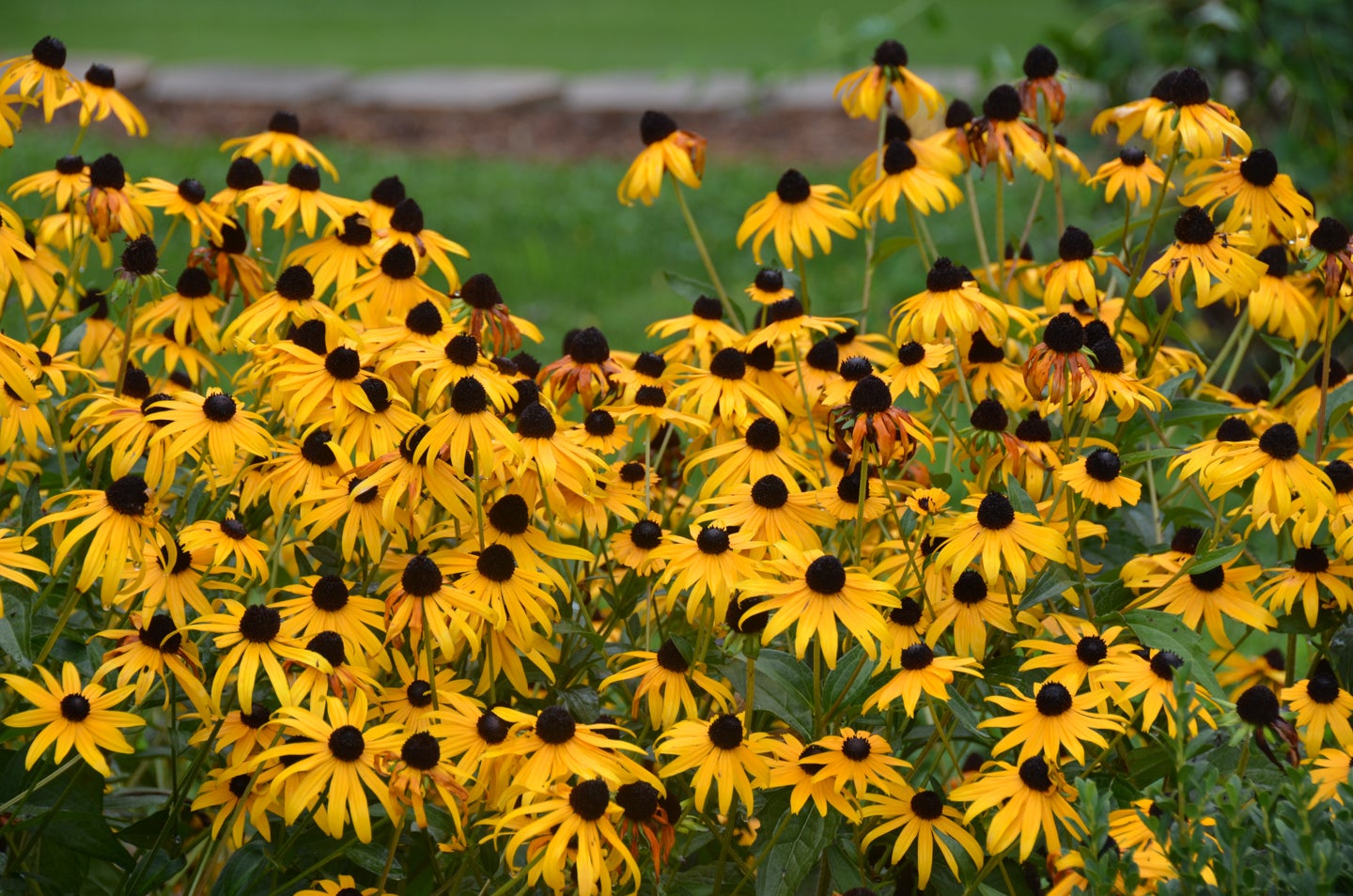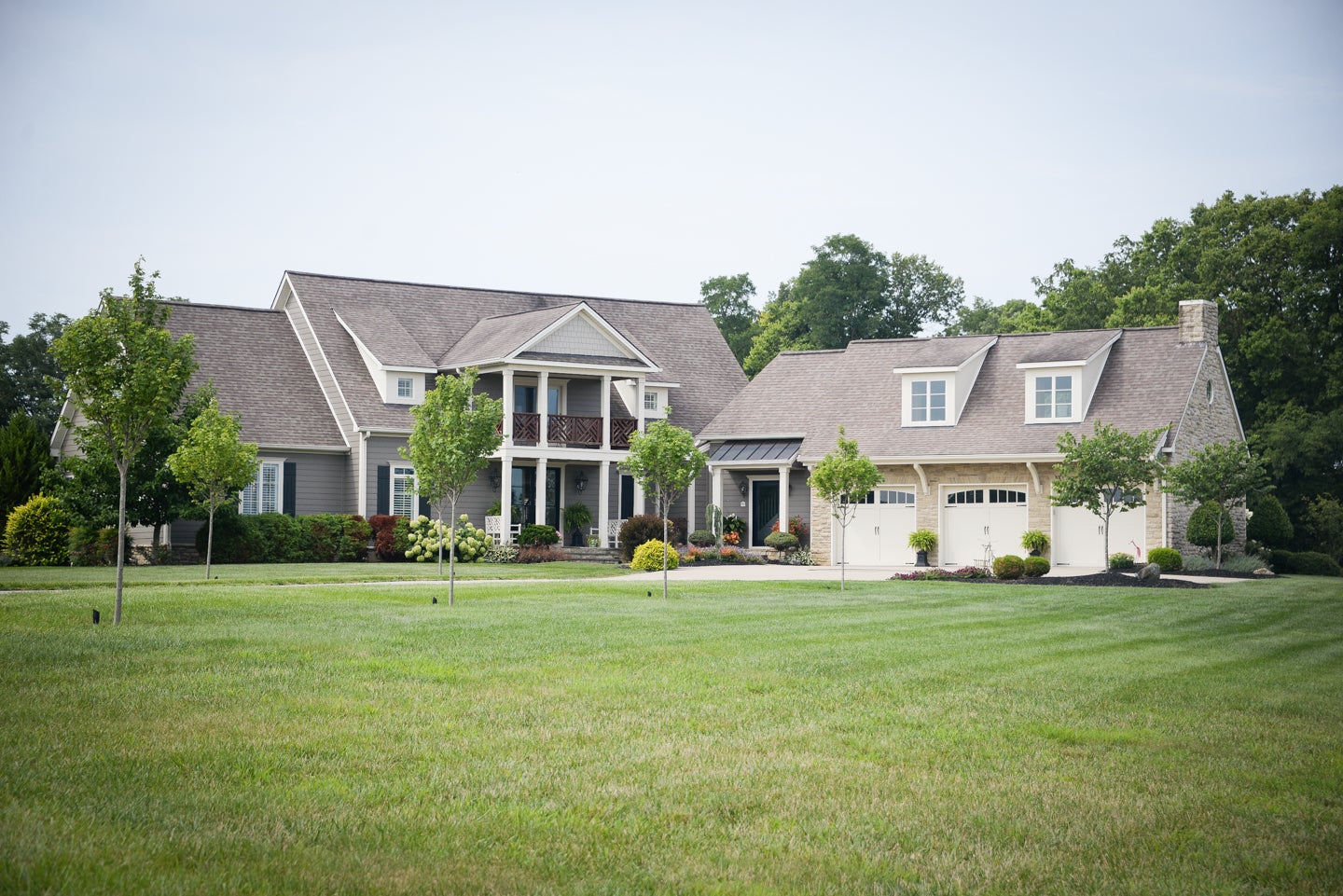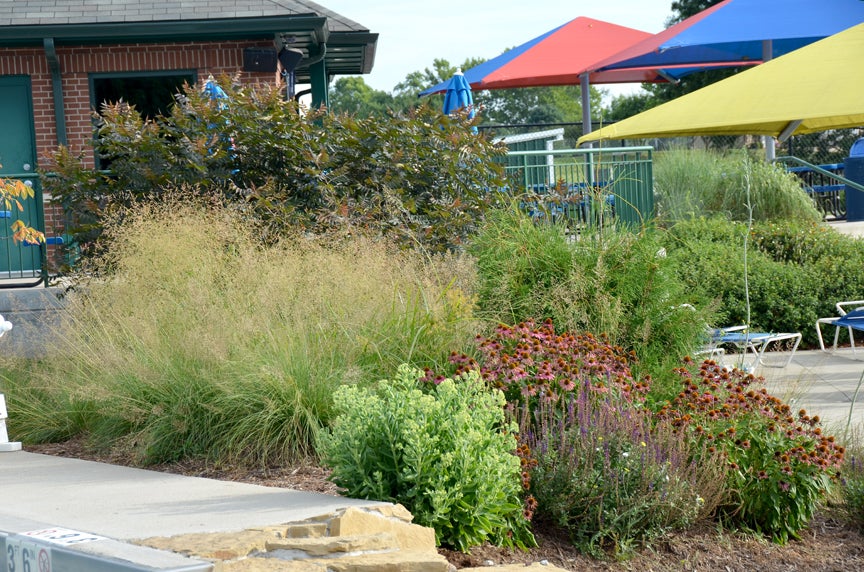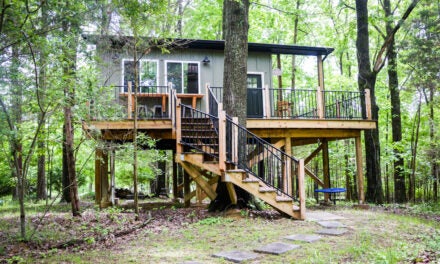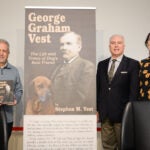By Becky Gatewood
“You say nativar, I say cultivar.”
Native, cultivar, nativar, hybrids … let’s call the whole thing off! Actually, let’s start with the basics using a commonly known perennial as an example.
The purple coneflower (common name) or Echinacea purpurea (botanical name) is considered native to eastern North America. The first part of the botanical name, Echinacea, is the genus; the second part, purpurea, is the species. Echinacea purpurea would be considered a native or “straight species,” in our region (let’s go ahead and define “our region” as eastern North America).
Before going any further, let’s look at the definition of a “native plant.” The United States Department of Agriculture defines a native plant as “a plant that is part of the balance of nature that has developed over hundreds or thousands of years in a particular region or ecosystem … . Only plants found in this country before European settlement are considered to be native to the United States.”
A cultivar is a species that has been cultivated to be more favorable for consumers. Cultivars are capitalized within the plant name in single quotation marks. For example, Echinacea purpurea “Fragrant Angel” was created as a fragrant white variation of the species. Sometimes cultivars are created to be taller or more compact, brighter in color or even more disease resistant.
When native plants are cultivated for more favorable characteristics, they are called nativars. Though not a scientific term, and perhaps a bit of a marketing ploy, the word nativar was created to tell the consumer that the plant was created from native species.
Although a cultivated native may be more appealing to human consumers, it may or may not be as attractive to pollinators as the straight species. Research has shown that the popularity of a cultivar to a pollinator depends on what characteristics of the species have been changed.
For example, if the overall shape of the bloom is altered, it may no longer accommodate the physical needs of a particular pollinator. Some genetically modified plants do not produce nectar or seeds, so although they may resemble a beneficial plant, they actually provide nothing for a pollinator foraging your yard.
Some researchers have found that cultivars created by manipulating or completely changing the leaf color of a plant are particularly less valuable or not appealing at all to the pollinators that typically flock to them. If on the other hand, the cultivar has been created with an extended bloom period and does produce nectar during this time, it may actually be more beneficial to the pollinator than the straight species.
The Mt. Cuba Center, a botanic garden in Delaware that focuses on native plant research and preservation, studied a number of Echinacea cultivars that have been introduced to the market. The center assessed the popularity of these cultivars among pollinators. The study, completed between 2018 and 2020, evaluated 75 different Echinacea, including single and double flower.
Although double-flowered Echinacea is considered by many humans to be a great contribution to the variety of bloom types within the genus, it was not found to hold the same favorability among pollinators. The 15 highest rated Echinacea by pollinators within the study were all single-flowered.
This may be explained by the genetic mutations that have resulted in the double-flowered cultivars. Portions of the male and female parts of the plants are sacrificed to make way for additional petals and the resulting dense bloom.
In addition, the compact pompom leaves little room for pollinators to access what is left of the bloom. While the double-flowered cultivars may be bad examples, the overall leading Echinacea in the study was a cultivar. Echinacea purpurea “Fragrant Angel” was the most visited by butterflies out of any of the other coneflowers in the survey, including straight species.
If a cultivar is deemed ideal in the plant world, it may be manually cloned. Cloning is asexual reproduction typically where root cuttings are used to produce a genetically identical plant. The goal of manual cloning is to ensure that even though the cultivar may be the result of two “parents,” its offspring will have the exact same result as the initial union.
Natural cloning among plants occurs as well and is particularly common among those that spread via rhizomes or runners. Potatoes, bulbs, strawberries, dandelions and blackberries are just some of the examples of naturally cloning plants.
Some cultivars are the result of hybridization. Hybrid plants typically are created in a controlled environment and are the result of hand pollinating a flower with the pollen of another species of that flower, then growing the resulting seeds. The goal is to combine the ideal characteristics of the two species and create a hybrid that exhibits these preferred qualities.
The outcome of the cross cannot be predicted, so the process can be lengthy and require several attempts. Hybrids are noted in the plant name with an “x.” An example of a popular hybrid is the Autumn Blaze Red Maple (Acer x freemanii), which is a hybrid of two maples, the Silver Maple (Acer saccharinum) and Red Maple (Acer rubrum). This particular hybrid combines the structure and color of the red maple with the fast growth rate and soil adaptability of the silver maple. Hybrids also can occur naturally.
This leaves us with the term variety, which unfortunately is often incorrectly interchanged with cultivar. Technically, varieties occur in nature and seeds from a variety stay true to the variety. Unlike cultivars, varieties do not require humans and often are the result of reproductive isolation within the larger range of a straight species.
A plant variety typically is preceded with the abbreviation “var.” and the variety name is in lower case and italicized. An example of a variety is Rudbeckia fulgida var. sullivantii. Rudbeckia fulgida is native to the southeastern area of the United States. As is typical to varieties, sullivantii naturally developed within a portion of the overall native range of Rudbeckia fulgida. The variety specifically developed within swamps, shorelines, and meadows.
Let’s take this one step further and look at an example that combines nearly all of the terminology we have discussed. Rudbeckia fulgida var. sullivantii “Goldsturm” (genus+species+variety+cultivar/nativar). It is quite a mouthful, right? That is exactly why you will see it listed more commonly as ‘Goldsturm’ Black-Eyed Susan. This cultivated variety was created to provide a compact plant with heavier flowering than the species or the variety.
So you might ask yourself, “what have we done to our native plants in this modern age?” What if I told you that “Goldsturm” was first developed in the late 1930s? Seeds of the native species were reportedly shipped from America to a nursery in the Czech Republic. Eventually, propagation in Germany started and the cultivar’s development began.
It still retains the German name that translates to “gold storm” and has been internationally heralded as a prized perennial since the 1940s. Similarly, the first controlled cross of a red maple and silver maple was completed by Oliver Freeman at the United States National Arboretum during the early 1930s — the final hybrid was developed during the 1960s and named in his honor.
Though there are some benefits, human-created hybrids, varieties and clones have a general downside, the loss of genetic variation. Plants that are “open-pollinated” by birds, wind, humans or insects have the genetic diversity that allows them to modify over time to accommodate climate change, pests and environmental circumstances in general. Carbon copy plants without the ability to adapt are more susceptible to disease, insects, etc.
So, why does it matter? In a perfect world would we only have native species? Maybe in a perfect world there wouldn’t be industries dedicated to making the natural world “more beautiful.” In actuality, we live in a world that is very aesthetic-driven. We want the biggest blooms, the longest lasting leaves and the illusion that we can master disease resistance. In our yards though, nothing introduced is ever truly native, especially if the definition of a native plant actually means it was here prior to European settlement. So how far does one go?
If you want to make your perennial beds the most beneficial to pollinators, do your research. Do not assume that nurseries are doing it for you. Stick with the straight species and cultivated natives that have not been modified to the point of being useless to nature. Of course, not every cultivar has been assessed for its benefits to wildlife.
In general steer clear of cultivars that are drastically different from the native species. Non-native non-invasive plants also have their place in a pollinator garden and can often extend a season. Non-native annuals favored by pollinators include zinnia, lantana, cuphea (firecracker/cigar plant), Mexican sunflower, scarlet sage and cleome (spider flowers). Many non-native herbs are popular as well, including thyme, basil, dill, fennel and chives. Non-native perennials such as candytuft, pincushion flower, sweet William and non-native stonecrop also support pollinators.
There are plenty of options out there. Just keep in mind supply and demand and pay attention to the daunting nomenclature. If more of us choose straight species and only purchase cultivated natives that are created taking into consideration their value to pollinators and seed-eating birds, then we will create more demand for them.
In addition, if everyone stopped purchasing invasive plants and contributed to their removal, the industry would stop marketing them. Understanding the terminology and doing your own research is important in making conscious decisions rather than merely choosing a plant based solely on appearance or trusting that just because it is sold that it is a good plant. We all have the capability to make choices that will benefit our ecosystem in the long run.
Native/Straight Species
A straight species is a plant that is native to a region prior to human settlement
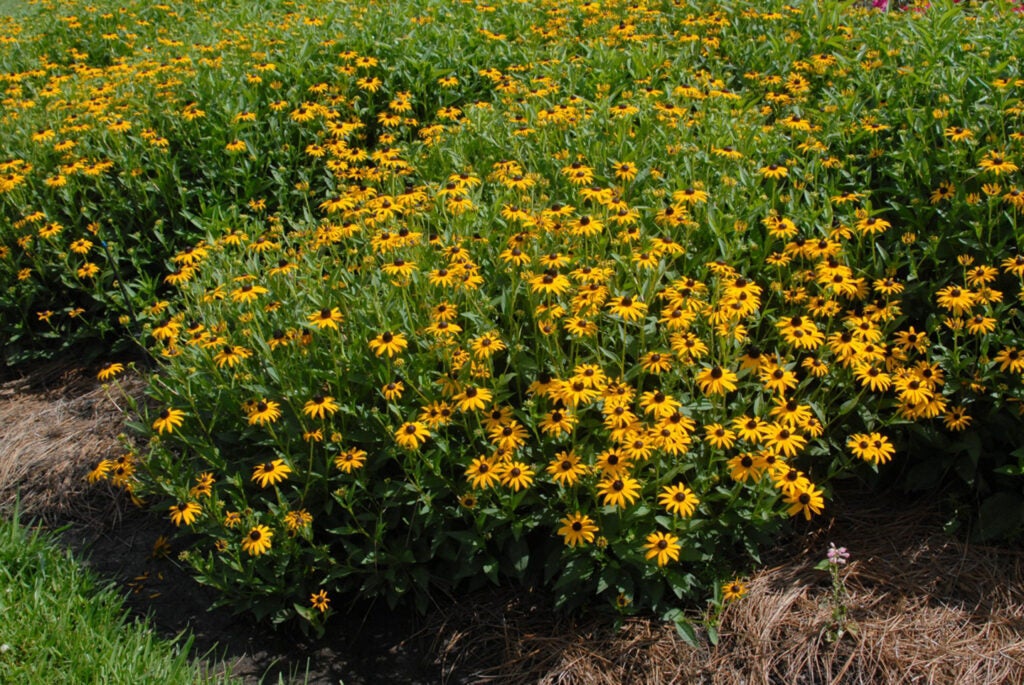
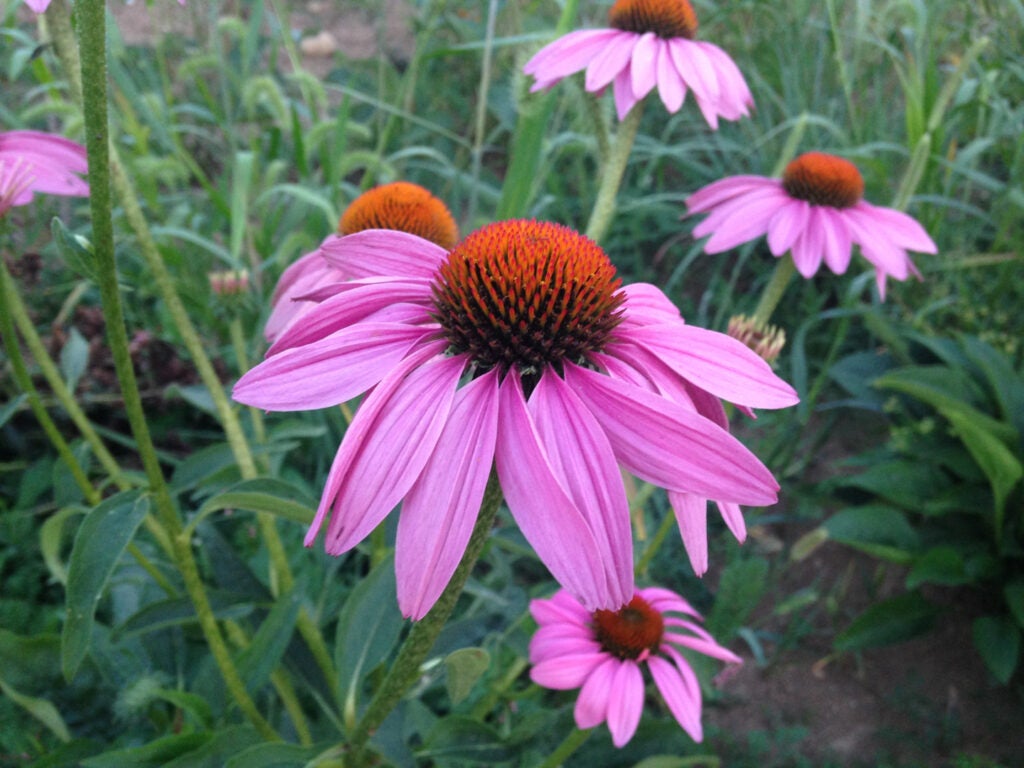
Variety
A plant variety develops in nature, often as a result of reproductive isolation with the larger range of a straight species.
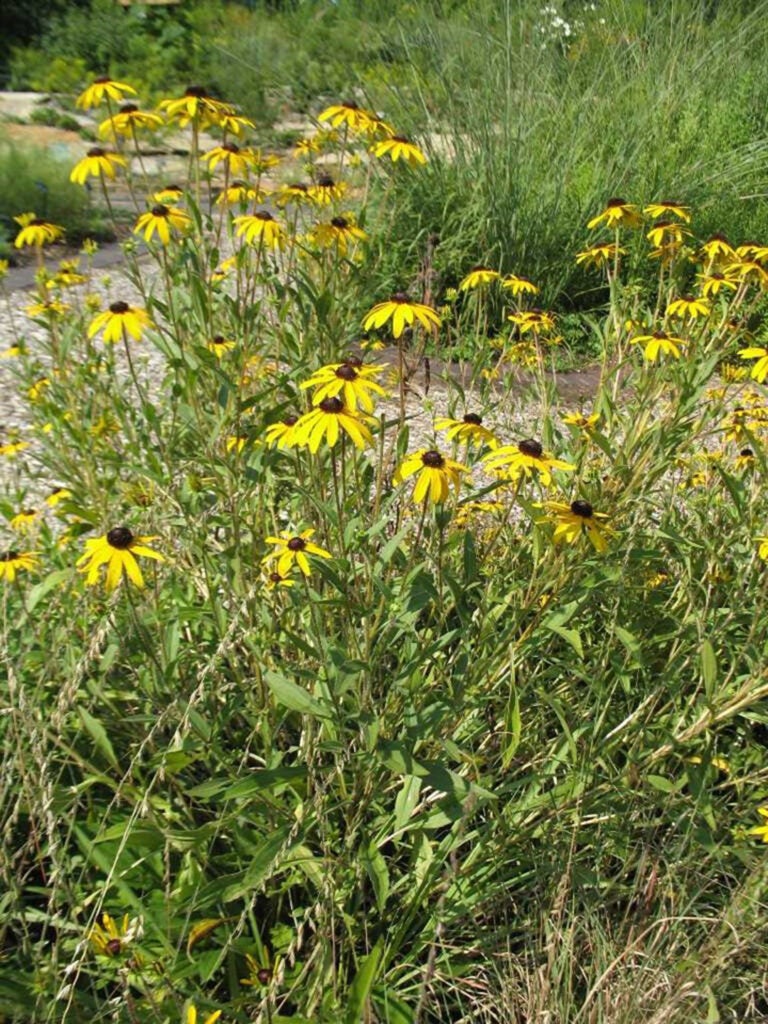
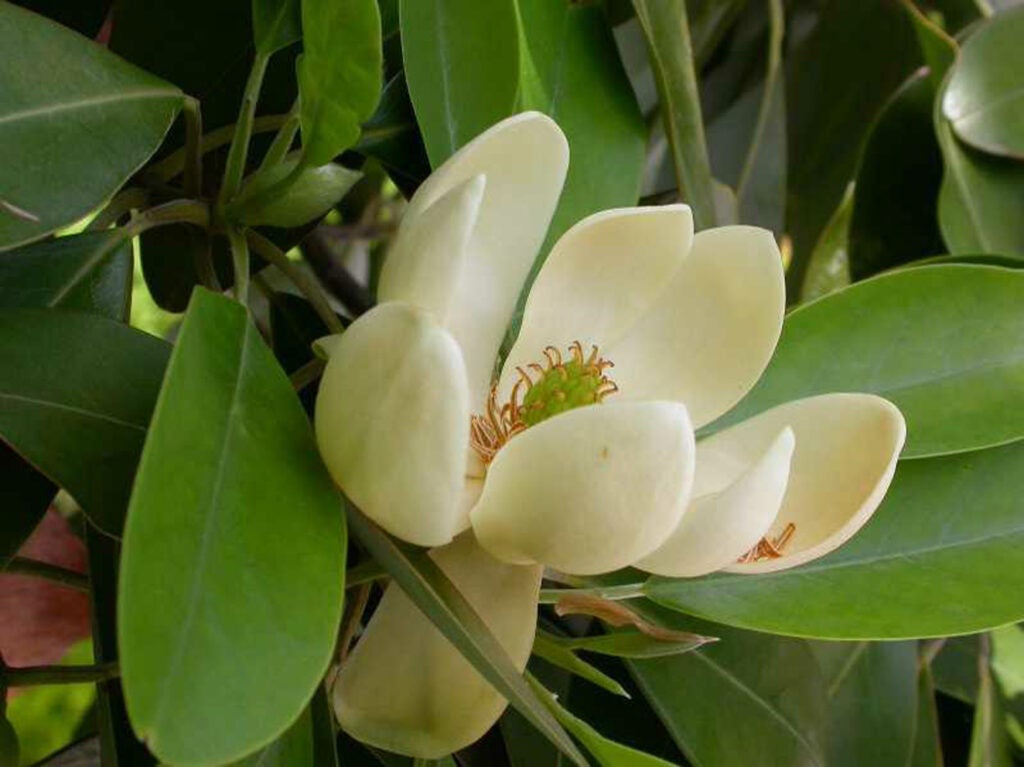
Cultivar
A cultivar is a plant that has been cultivated by man. When a native plant is cultivated by man to have more favorable characteristics than the straight species, it is called a nativar.
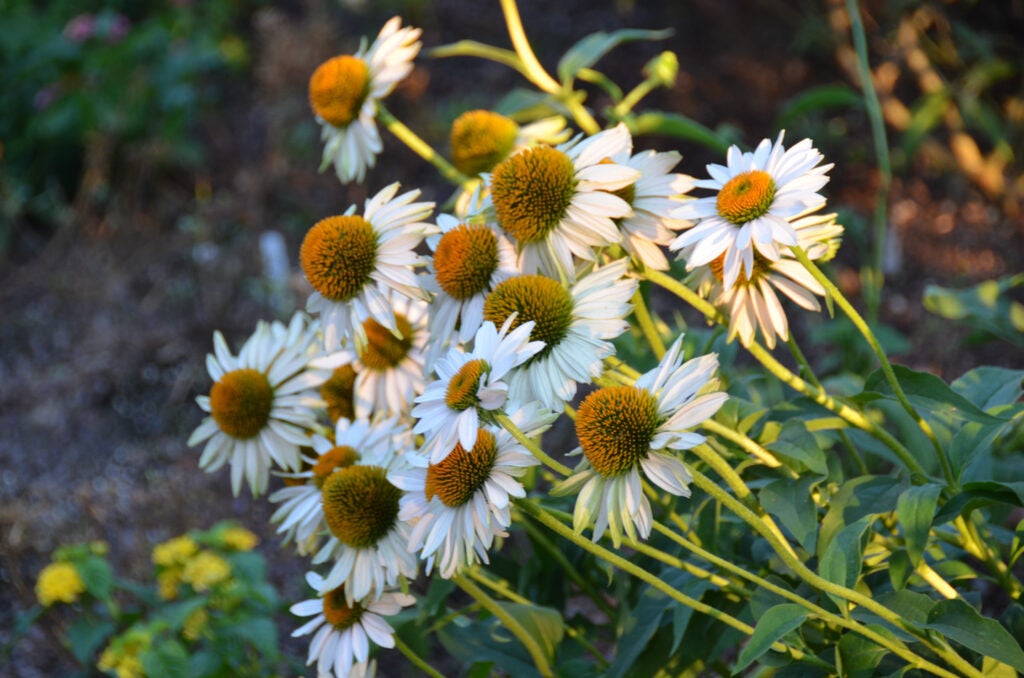
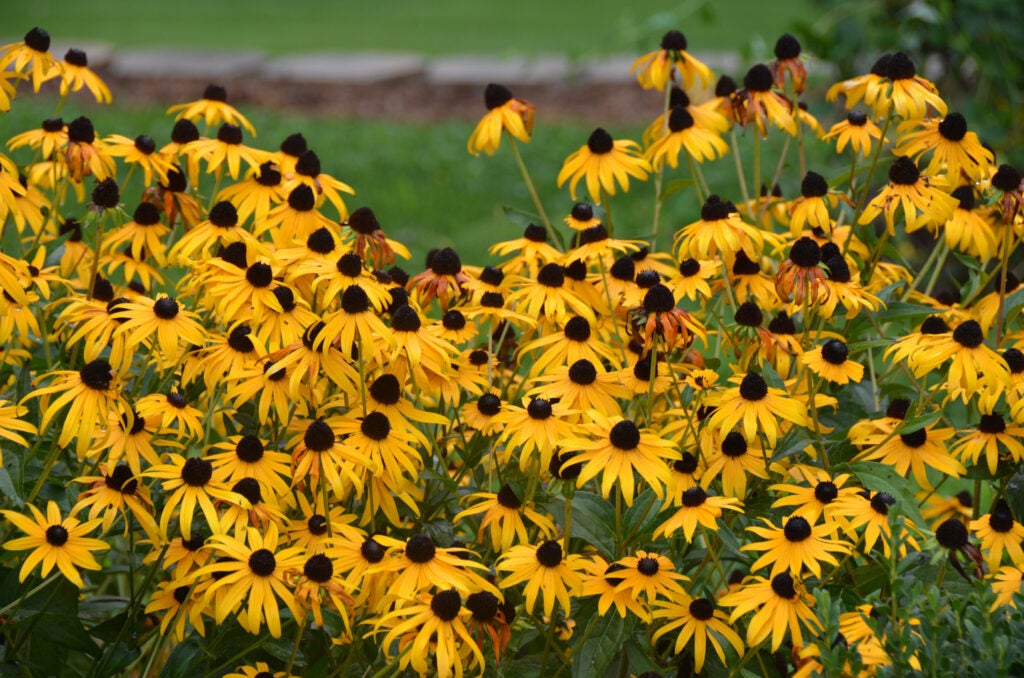
Invasive Species
Defined by the U.S. Department of Agriculture as a “non-native to the ecosystem under consideration, and whose introduction causes or is likely to cause economic or environmental harm or harm to human health.”
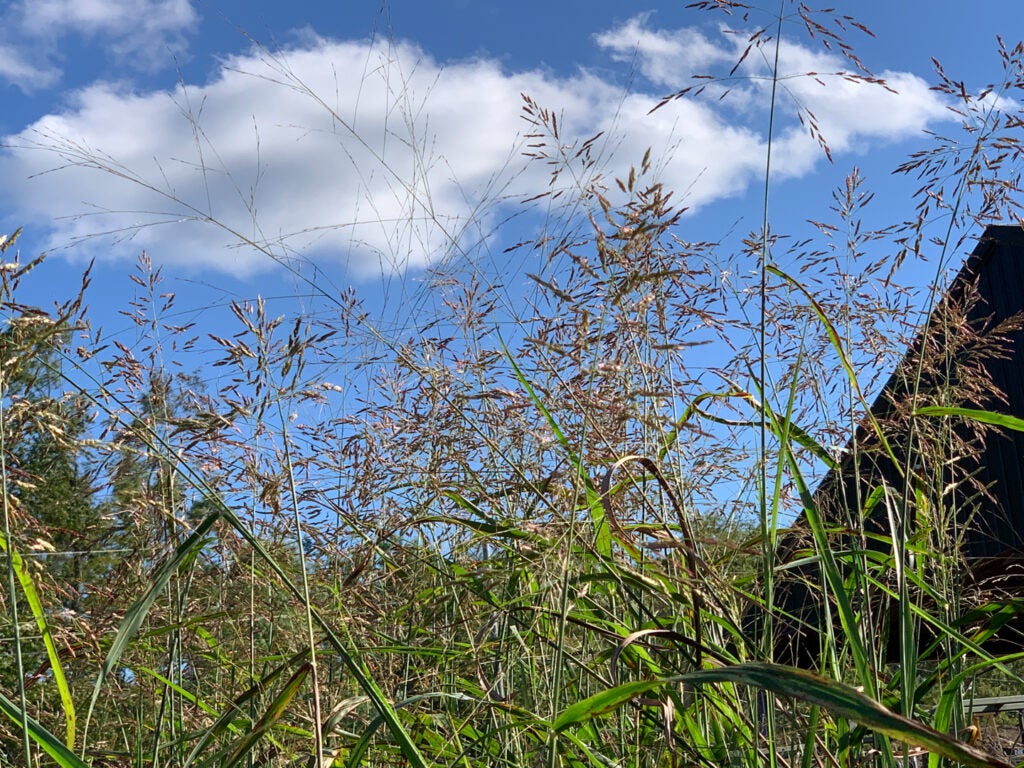
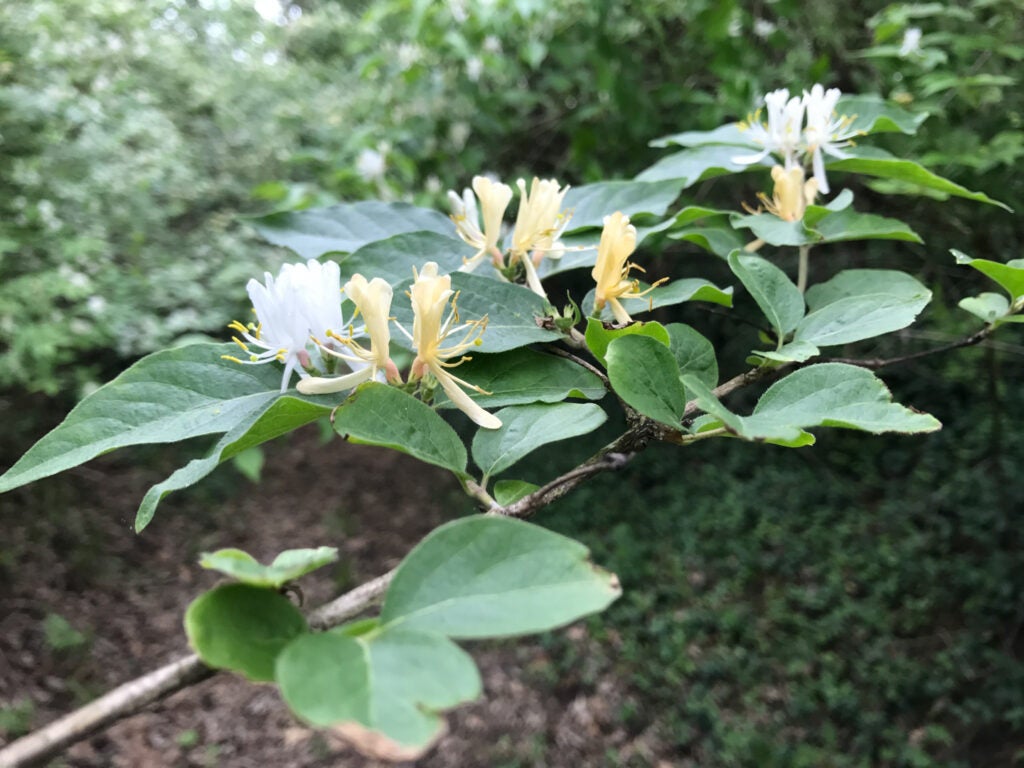
Sources for this article included Commission for Environmental Cooperation. Ecological Regions of North America, https://gaftp.epa.gov/EPADataCommons/ORD/Ecoregions/cec_na/NA_LEVEL_I.pdf; Martin, S. 2020, July. Native Species or Cultivars of Native Plants-Does it Matter? Piedmont Master Gardeners, https://piedmontmastergardeners.org/article/native-species-or-cultivars-of-native-plants-does-it-matter/; Perennial Plant Association, 1999 Perennial Plant of the Year Rudbeckia fulgida var. sullivantii ‘Goldsturm.’, https://cdn.ymaws.com/perennialplant.org/resource/resmgr/ppoy_flyers/rudbeckia_goldstrum_pg_2.pdf; United States Department of Agriculture, Native, Invasive, and Other Plant-Related Definitions, https://www.nrcs.usda.gov/wps/portal/nrcs/detail/ct/technical/ecoscience/invasive/?cid=nrcs142p2_011124; US Perennials, Rudbeckia fulgida var. sulivantii ‘Goldsturm’, https://www.usperennials.com/rudbeckia-fulgida-var-sulivantii-goldsturm-black-eyed-susan-goldsturm-rough-look-spreading-groundcovering/; and USDA, Invasive Plants, https://www.fs.fed.us/wildflowers/invasives/.

